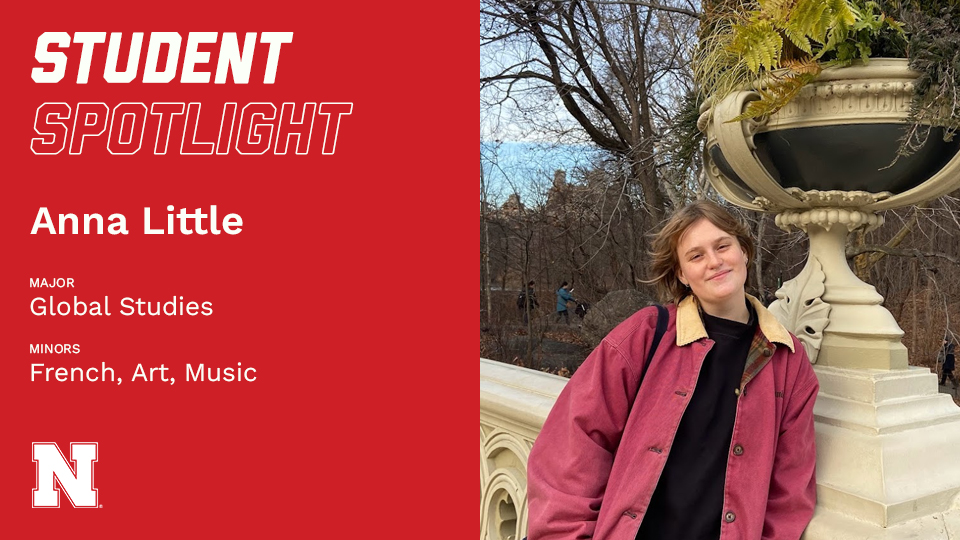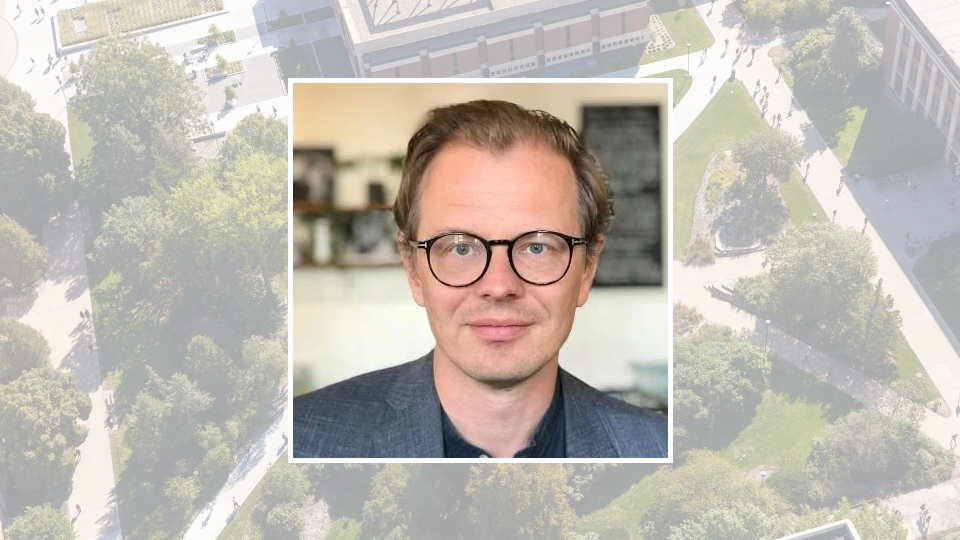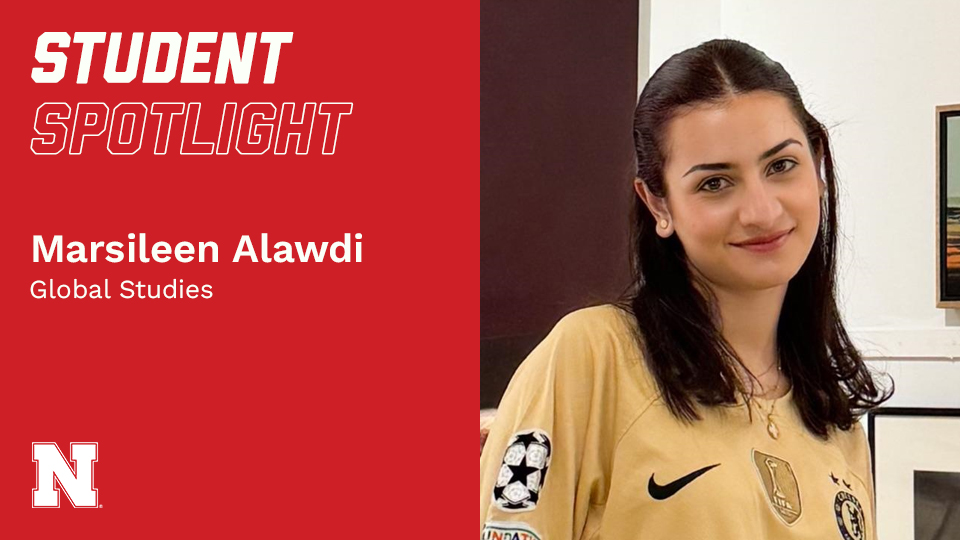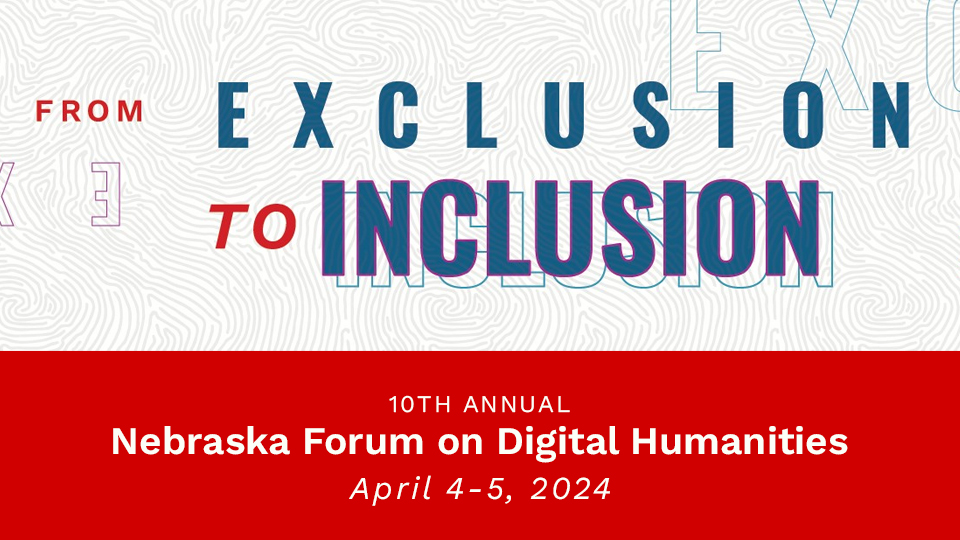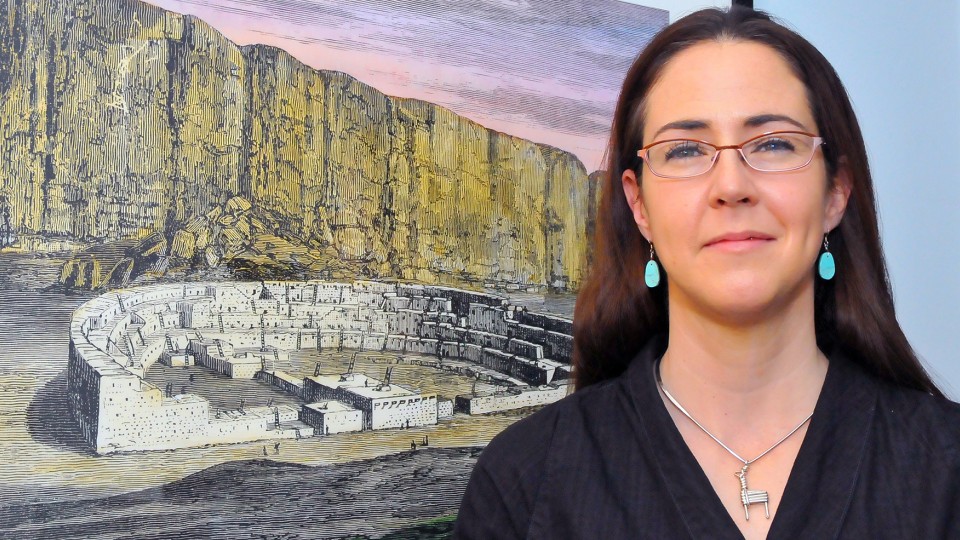
Over the last three years, a team of specialists and tribal consultants have been working together to build The Salmon Pueblo Archaeological Research Collection (SPARC) due to launch on Wednesday, May 9th. This online resource, salmonpueblo.org, allows users to search across 140,567 records, including more than 11,000 photographs, 29,000 documents, and 24 data tables with information on particular types of artifacts, such as ceramics vessels, ornaments, and bone tools.
Directed by University of Nebraska-Lincoln assistant professor of anthropology Carrie Heitman, SPARC is the result of a collaboration between four institutions dedicated to the preservation of cultural heritage: the Center for Digital Research in the Humanities at the University of Nebraska-Lincoln, Archaeology Southwest, the Institute for Advanced Technology in the Humanities at the University of Virginia, and the Salmon Ruins Museum.
The team will mark the launch of SPARC at the place where it all began: Salmon Pueblo. A public reception and lecture by Heitman and Paul Reed of Archaeology Southwest will be held at the Salmon Ruins Museum on the evening of May 9.
This project was funded by a $300,000 National Endowment for the Humanities grant.
BACKGROUND
Around 1090 AD, ancient Pueblo people built a large village on the north bank of the San Juan River near the modern city of Farmington, New Mexico. This three-story, 275 room pueblo was the first major colony established outside of Chaco Canyon. Chaco was an urban center 45 miles to the south, recognized today as UNESCO World Heritage Site and preserved as a National Park. These builders were the ancestors of contemporary Native Americans of the Southwest. Although labeled the Salmon Ruins, Native descendants do not consider it a ruin, but a place alive with ancestral connections and where migration was the fulfillment of a larger spiritual covenant.
Archaeologist Cynthia Irwin-Williams led a research program at Salmon Pueblo from 1970-1979 which generated 1.5 million artifacts, specimens and samples. It is the only Chacoan great house in the American Southwest to be comprehensively excavated in the last 40 years.
The extensive data from Salmon provide an unparalleled opportunity to learn about the rise and fall of this ancient society. Yet achieving that greater understanding has been hampered by a lack of access to the artifacts and records which have languished in boxes and paper reports.
